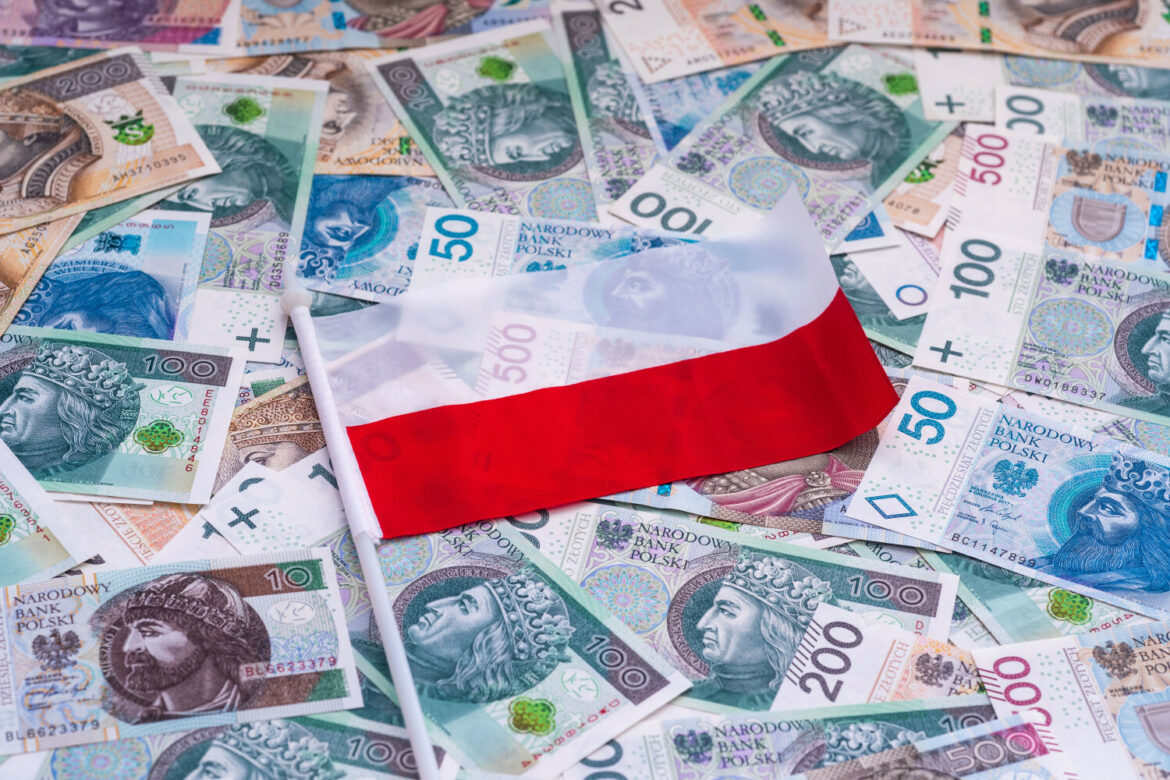According to the Government Information Centre (CIR), the Polish government has adopted by circulation a draft budget law for 2024, whereby next year’s GDP growth is expected to be 3% and inflation 6.6%. Assumed revenues of the state budget will amount to PLN 684.5 billion and expenditures to PLN 849.3 billion.
In 2024, the government’s economic policy will be directed at further strengthening the potential of the Polish economy, following the energy crisis caused by Russia’s attack on Ukraine and covid and its consequences. These are the two biggest economic shocks after 1989. The budget will be implemented with care for the sustainability of the public debt and considering the guidelines of the EU institutions. Next year’s GDP growth is expected to reach 3%. “This is a safe budget for Poland”, reports the CIR.
Next year, the government will allocate resources e.g. for: defence – PLN 158.9 billion, i.e. ca. 4.2% of GDP; family support – PLN 93.2 billion, including e.g. the implementation of the “Family 800+” programme – PLN 63.7 billion; support for pensioners in the form of the 13th and 14th pension – nearly PLN 30 billion; pension – nearly PLN 30 billion; financing of health care – over PLN 190.9 billion; an increase in the fund for officers’ and soldiers’ salaries and the fund for salaries of employees of the state budget sphere by a total of 12.3% (excluding persons who hold managerial positions in the state).
State budget revenues in 2024 are planned to amount to PLN 684.5 billion. The draft budget assumes an economic recovery in 2024, with GDP growth expected to reach 3.0 %. This will be influenced by falling inflation, a return to positive real wage growth on a full-year basis and improving consumer sentiment.
In 2024, with the improvement in the economy and the valorisation of the ‘500+’ benefit to PLN 800, private consumption dynamics are expected to reach 3.3 %.
The government expects inflation to average 6.6% in 2024. The main factors that will drive inflation down will be the stabilisation of energy and food commodity prices on world markets, the relatively low dynamics of private consumption in the current year and the impact of monetary policy.
Adrian Andrzejewski





